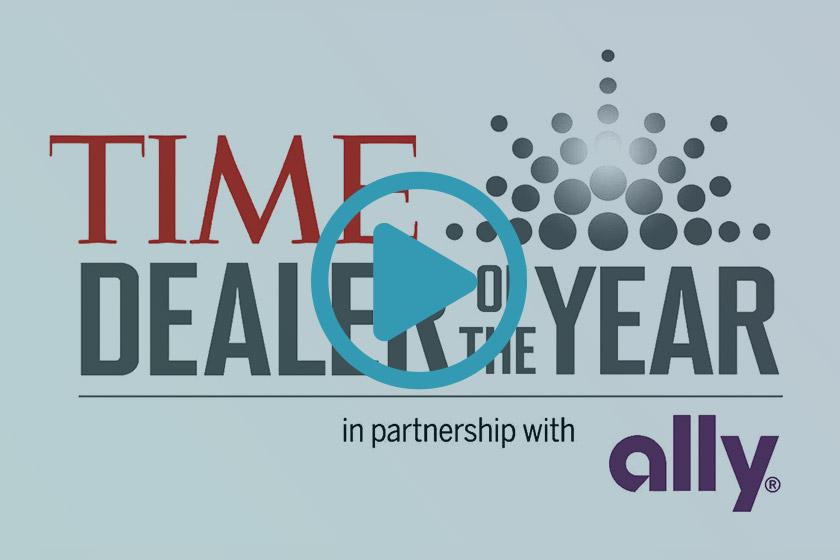YouTube isn’t merely a popular destination for entertainment. It’s also a significant driver of ad revenue. According to the most recent data, YouTube has about 2.1 billion users across the world, generating more than $29 billion in ad revenue every single year.
What makes YouTube so successful as an ad platform? A big part of it is that users find the ads they see on YouTube to be far more relevant to their interests than any ads they might see on traditional TV. This speaks to the high level of targeting and audience segmentation that YouTube allows.
YouTube can be an effective advertising platform for almost any brand, but first things first: What’s the best way to get your YouTube Ads campaign up and running?
Identify Your Target Audience
Before you start running ads, you’ll need to define who you’re running them for. YouTube’s audience insight tools allow you to create different ad groups, each with a clearly defined audience. Several different targeting options exist, including:
- Demographics (age, gender, household income, etc.)
- Audience segments (more detailed demographics, plus affinities and interests)
- Affinity audiences (particular lifestyles, hobbies, or habits)
- In-market audiences (those shopping or planning to buy a particular kind of product)
Remember that audience targeting is how you ensure relevant ad content and a positive ad experience for the viewer, which ultimately helps make your campaign more successful.
Choose Your Ad Types
It’s good to know the different YouTube ad types, and to diversify your campaign with various formats; this allows you to cater to different audience preferences and to pursue a specific campaign goal.
We won’t cover all the different types of YouTube ads in this article, but we will highlight a few of the most common:
TrueView
These ads play on the same “screen” as the video content the users searched for. You can choose a skippable ad or a non-skippable ad. Note that, with skippable ads, you only have to pay if the user watches past the first five seconds, making this a cost-effective way to experiment with long-form content or more creative angles. Non-skippable ads may be better when you have a short, punchy message that seeks immediate engagement.
Bumper Ads
These short, non-skippable ads are usually six seconds in length. They’re great for delivering quick, concise messaging and for increasing brand recall.
Display Ads
These ads involve a semi-transparent overlay on the bottom part of the video. Display ads are helpful when you want to offer some interactive elements, like a CTA link, without disrupting the video experience.
Create Bidding and Targeting Strategies
Before we get into bidding, it’s important to set up your basic budgetary parameters. Generally, YouTube Ads start at 10 cents per day, but there are a number of factors that can influence the total price. These include target audience, ad type, ad placement, and the level of competition for a particular keyword or audience.
Once you have a good sense of your budget, you’ll be ready to think about bidding. First, set a campaign goal. This might be sales, leads, brand awareness, app promotion, or website traffic. Second, establish the timeframe in which your ads will run. Finally, decide on your bidding strategy. Some of the most common options include:
- With a Cost-per-View (CPV) strategy, you’re only charged when users watch 30+ seconds of the ad or engage with it in a direct way.
- A Cost-per-Action (CPA) strategy means you’re charged when users take specific actions, such as clicking a link to visit your website.
- If you choose automated bidding, you’re essentially allowing Google’s algorithms to automatically adjust your bids in accordance with your stated budget, campaign goals, and audience type.
Develop Your Creative
Naturally, the quality of your videos is make or break. Some of the most critical factors include:
- Compelling narratives that tell the story of your brand, product, or service in a way that speaks to specific audience needs and pain points.
- Full optimization for mobile screens.
- Clear calls to action, guiding your viewers through the next steps they need to take.
- Appealing thumbnails and optimized metadata, enhancing your YouTube SEO.
- Alignment between your ads and relevant landing pages.
Track Your Results in Google Analytics
Finally, remember to carefully monitor your ad results, making tweaks to your campaign whenever necessary. Google Analytics will allow you to track conversions and other key metrics. Set up your Google Analytics dashboard, if you haven’t already.
Seek Guidance from the enCOMPASS Team
YouTube is an essential advertising platform, offering a range of options for reaching target audiences. To make the most of this platform, we invite you to connect with enCOMPASS Agency. We’d love to talk further about developing the right strategy to meet your needs and your budget. Reach out to the enCOMPASS team whenever you’re ready to chat.
SHARE THIS ARTICLE:



